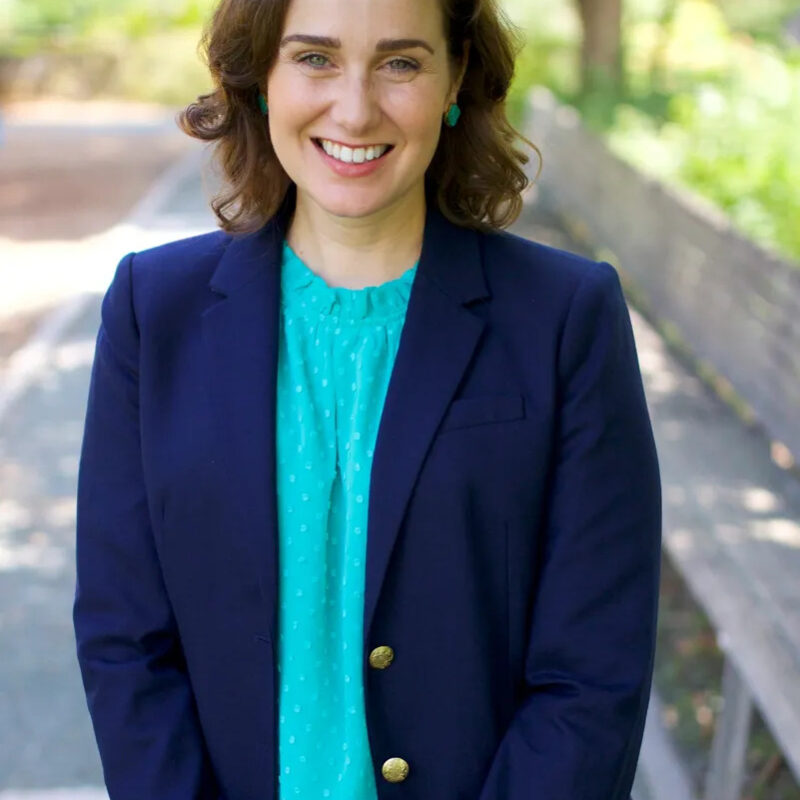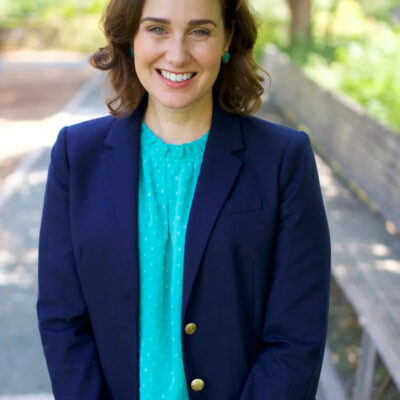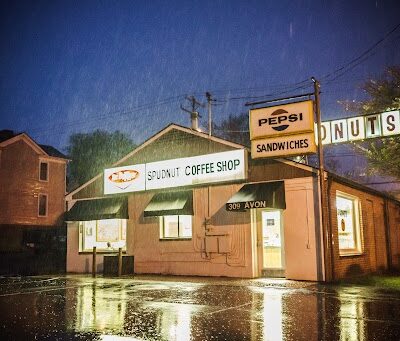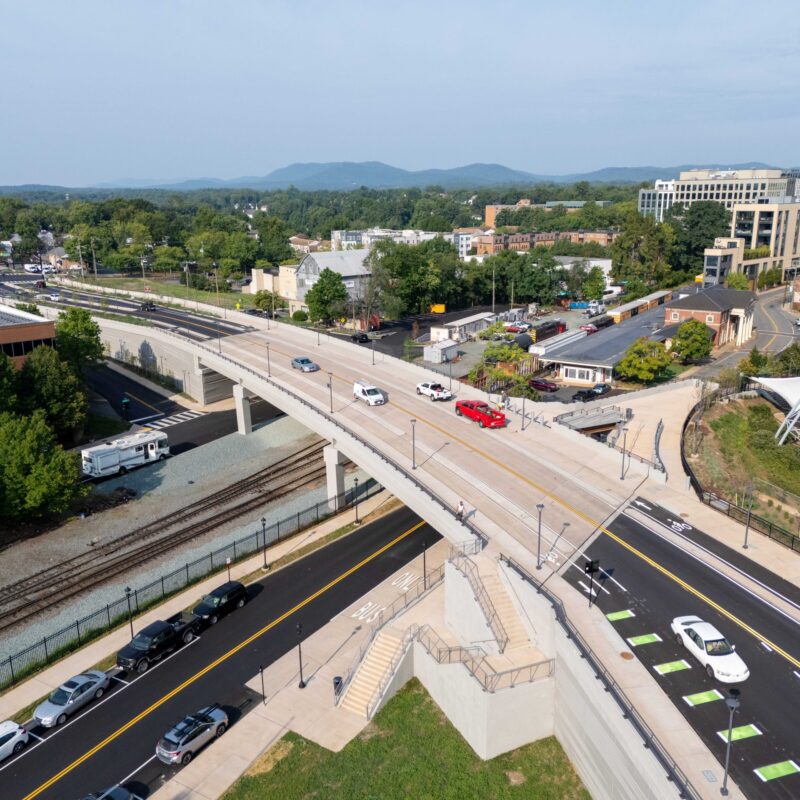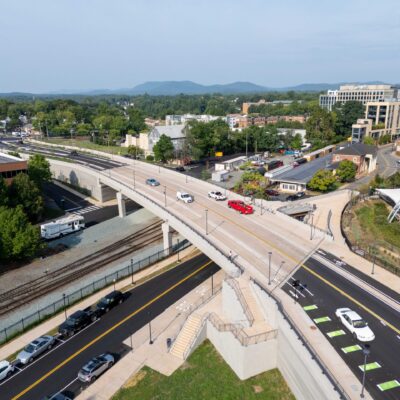On the front page of the website for Umbau, a 2-year-old architecture school in Staunton, “we fight sprawl” is the most concrete statement of a shared goal, though certainly not the most high-minded. “At Umbau you will set the paradigms,” the site proclaims. “Total departure. Radical…What the world needs.” And: “Build Puccini.” The manifesto-worthy rhetoric continues from there.
“In 2005, we opened the doors for the first set of risk-takers,” says Kim Moody. “I was one of them.” Two years later, she and five classmates have emerged from a heavily studio-based program to become the school’s volunteer administrative team. “It’s how you hear people being called into ministry,” she says. “[It’s] a thing bigger than ourselves. Once you know about it you can’t fight it. This is part of what the future has to be for us.”
There is a guiding figure at the center of all this devotion: William Tate, a James Madison University professor and Umbau’s founder. As Moody and her classmates learned architecture by means of real-world apprenticeships, she says, “it was under [Tate’s] consistent supervision.” The students worked on projects ranging from an Alabama church to a fine arts center in Southwestern Virginia. “That’s how we created a school year or an academic program,” she explains of the school that lacks infrastructure, paid faculty or accreditation: “We are using these nonconventional ways to help other people and train ourselves. …[It’s] not a hypothetical classroom project. We meet the clients and have this face to face interaction.”
Umbau is aiming for legitimacy: While there are no students this academic year, Moody says the team aims to enroll 25 to 30 students in an accredited Master’s of Design program, with paid faculty and staff in place, in 2008. “It’s really similar to how the Bauhaus got started or Black Mountain College got started,” says Moody, citing two famously vibrant, interdisciplinary collections of artists. “[We study] how different disciplines can give to one another creatively,” she says. “Ballet and music can supplement the type of education you have in an architecture profession.” Too, the program aspires to be international: Students travel to Vienna every summer and work on projects to be built in Sarajevo and Rwanda.
All this, just over the mountain from an architecture school that could hardly be more firmly established. UVA’s program, as originally founded, is a source of inspiration, says Moody. “We have such a respect for that. …[It] was so progressive for its time, it was almost inconceivable,” she says. “What we hear from a lot of other people in the academic world is that we’re on that cultural epicenter for this time.”
C-VILLE welcomes news tips from readers. Send them to news@c-ville.com.
